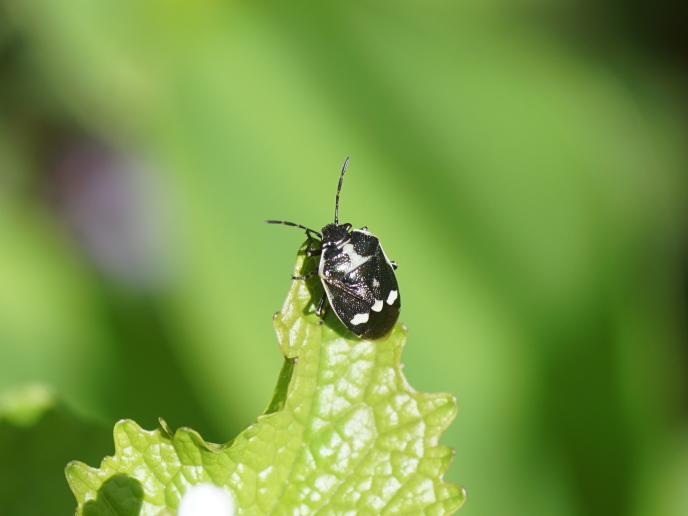A is for aphid, B is for beetle: the order pests arrive makes a big difference to crops
Every year, around 2.5 % of Europe’s crops are lost to insects such as aphids, beetle larvae and caterpillars. This figure is expected to grow as a result of climate change, at a time when farmers are under increasing pressure to phase out pesticides for environmental and ecological reasons. Breeding plants with better resistance to pest species could make an important contribution to the EU’s environmental and food security goals. The MULTIATTACK project, which was supported by the European Research Council, investigated how plants organise their defences against multiple insect herbivores. “We worked with the hypothesis that plants adapt to common orders of arrival of herbivores in the field,” explains project coordinator Erik Poelman. “If you as a plant respond to the first herbivore attacker, how will that affect your resistance against the second, third, fourth attacker?”
Chemical weapons
The life cycle of different insect species dictates when they might arrive to feed on a plant during the growing season. The presence of some insects on a plant can also influence the arrival of others, which may sense opportunity, or wish to avoid competition. When a plant is attacked by an insect herbivore, it can respond in a number of ways. By recognising the type of damage a herbivore does, or the compounds in its saliva, a plant can tailor resistance to that specific type of attacker. This can include enhancing secondary chemistry that makes it taste unappealing or attracts predators that will attack the pest, or growing more defensive hairs or thicker leaf cuticles. These cost the plant valuable resources, but a well-chosen defence against one species may protect against the next. To understand more about this strategy, Poelman and his team at Wageningen University exposed Brassica plants such as mustard and cabbage to different sequences of insect pest species in a greenhouse setting, measuring how well the plants resisted different combinations of attack. A second series of experiments carried out in the field monitored the arrival of different insect herbivores each week, and how this shaped the insect community. The team found that plants adapted best to the most common sequences of herbivore arrivals. The most recent herbivore strongly determines how well a plant can launch resistance against the current attacker. “Plants anticipate what’s going to happen in the future,” says Poelman. “We think plants are good risk managers, strategic game players, similar to Tetris players. They can adjust their strategy to the current problem by including what may happen in the future.”
New breeds
Poelman says future research will examine whether related plant species anticipate similar sequences of herbivores, and if those that evolved under more unpredictable orders of arrival have more plasticity in their defence. The findings suggest that by exposing plants to one insect herbivore, farmers may be able to induce resistance to more damaging ones in the future. “This message is a little scary to the farmer, to say it’s good to allow some level of herbivory,” notes Poelman. “It’s counter-intuitive.” “We will have to start to think about breeding cultivars capable of dealing with multiple herbivores,” he adds. “Currently in breeding these are approached as independent problems, and we have shown they are dependent problems.”
Keywords
MULTIATTACK, plant, brassica, insect, herbivore, pesticides, pest order, defence strategy, breeding







